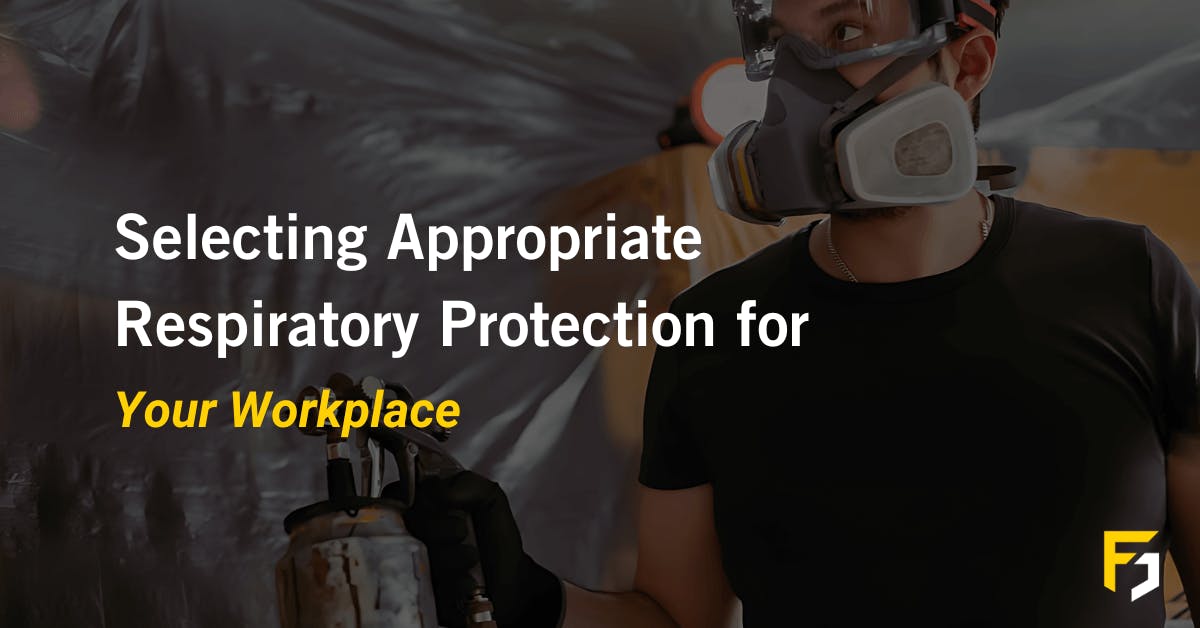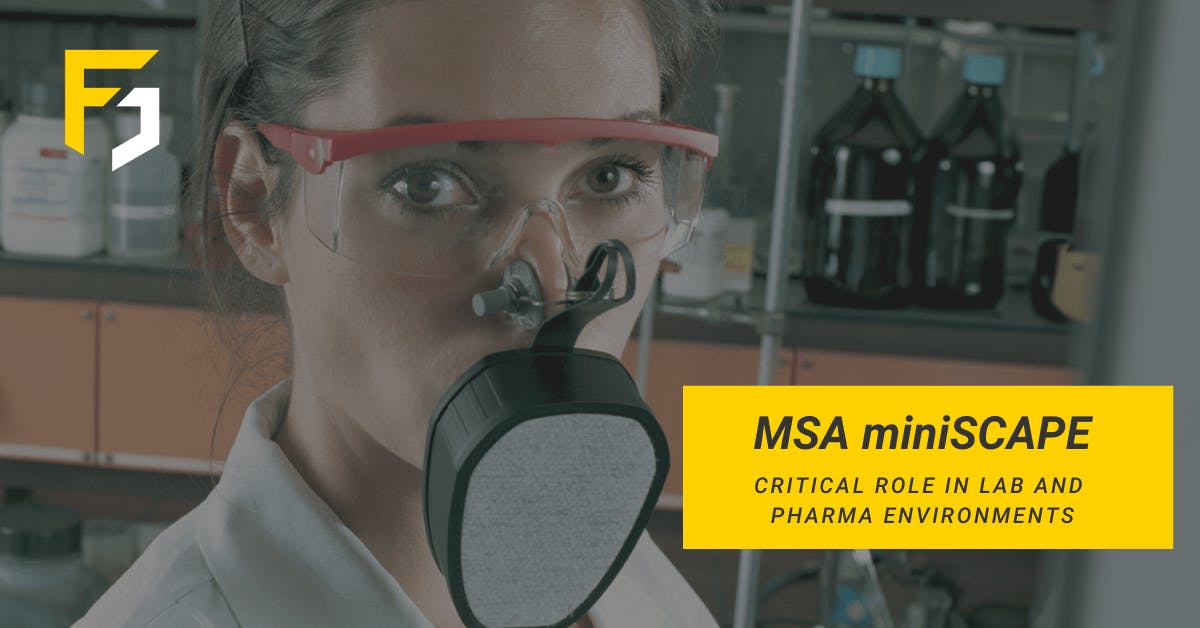
Farm Safety Partnership aims to reduce work-related fatalities on farms
It is hoped that the 2013 safety campaign ‘Stop and Think SAFE’ will continue to save lives in 2014.
The campaign was launched to focus on the main causes of death and injury on farms – slurry, animals, falls and equipment (SAFE).
The Health and Safety Executive for Northern Ireland (HSENI) hopes that local farmers can take heed of the campaign and continue to make their place of work safe.
HSENI Chief Executive Keith Morrison said “there were four confirmed farming fatalities during 2013 and while statistically this represents a welcome decrease from 12 deaths in both 2012 and 2011, these are four deaths too many.”
It was highlighted that there were ongoing discussions with local farms and farming bodies, bringing more positive attitudes towards farm safety. However, the issue of risk-taking in the farming community still appears to exist.
Over the past five and a half years the dangers of slurry pits have come to light, claiming the lives of 6 people in Northern Ireland.
Working with slurry pits, tanks and gases can be extremely dangerous to both humans and animals.
During the decomposition of slurry bacteria produces gases such as methane, carbon dioxide, and ammonia and hydrogen sulphide. Hydrogen Sulphide (H2S) is particularly dangerous as it removes your sense of smell and causes breathing difficulties, disorientation and collapse and death after a few breaths.
Gas concentration can be measured using gas detection equipment, measuring results in parts per million (ppm) of the atmosphere.
A safety publication by the HSENI shows the effects of different levels of H2S:-
• 20 to 150 ppm can cause irritation to the eyes and respiratory tract.
• At 200ppm a person will experience headache and dizziness.
• Measurements above 500ppm cause nausea, disorientation and collapse. It should be noted that
this type of reading is very common in livestock buildings during tank mixing. Continuing to be
exposed to this concentration of gas means that death could be possible.
• Anything above 700ppm is known to cause a person to stop breathing and face rapid death.
It also pointed out that a common cause of death in slurry tanks is drowning, due to people falling through the opening of the tanks.
As soon as mixing starts the dangerous gases are released and are given off in large volumes, very quickly. The first 30 minutes of mixing are the most dangerous.
The HSENI recommend that developing and following a safe system of work should be the first action farmers take in protecting themselves from the dangers of slurry.
Gas detection instruments are a back-up to this safe system and can be useful before entering a building after mixing is complete in order to ensure gas has time to disperse.
It is important to note that gas detection monitors should not be relied on at the start of slurry mixing as the concentration rises so quickly. Filters and facemasks are not a suitable means of protection.
Frontline Safety has a wide range of gas detection instruments available for many gases, including H2S. The QRAE II is a multi-gas instrument which comes in a pumped version allowing an external sample to be taken without entry.
For more information on the instruments available from Frontline Safety contact us on 0844 550 0001 or [email protected]. The calibration of gas detection equipment is also a service which Frontline Safety can provide.
Written by Dawn Mitchell






